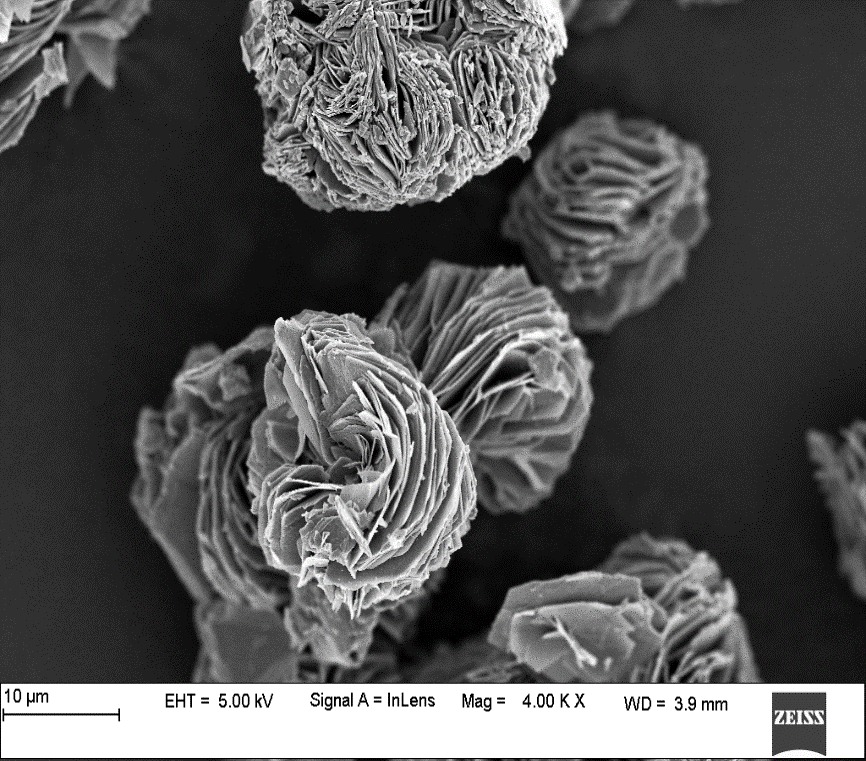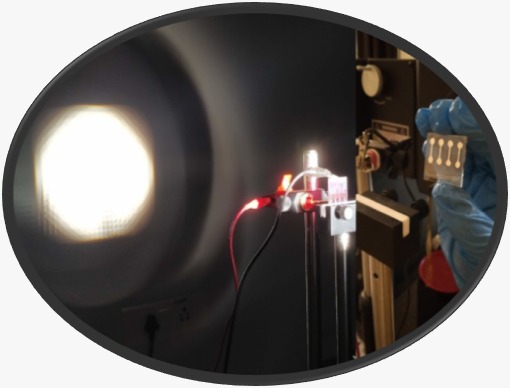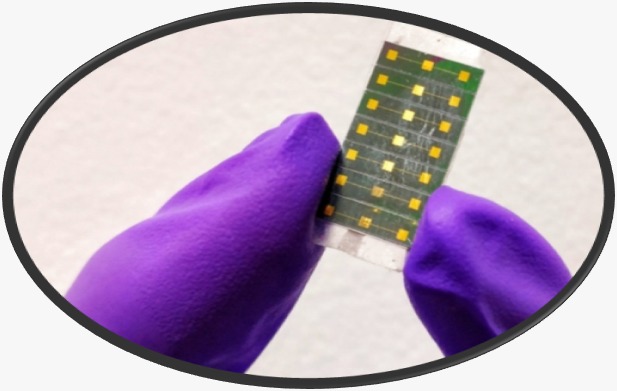NANODEVICES LABORATORY
Group Head: Dr. P. M. ANEESH
Dr. P. M. Aneesh received his Ph.D. in Physics from Cochin University of Science and Technology, India (Thesis Advisor: Prof. M. K. Jayaraj) in 2011, M.Sc in Physics from Cochin University of Science and Technology, India in 2005 and B.Sc in Physics from MES KVM College Valanchery (University of Calicut, India) in 2003. After his Ph. D, he worked as post-doctoral research fellow at ENEA Research Laboratory, Portici, Italy and Indian Institute of Science Education and Research. Thiruvananthapuram (IISER-TVM), India. He was an Assistant Professor in Physics at Govt. Brennen College Thalassery, India, before joining Central University of Kerala in 2014. His research interests are in the area of nanomaterials and devices, 2D materials, organic devices, transparent conducting oxides.
Group members: Raj Kishor C H, Anju Joseph(thesis submitted), Anju J S

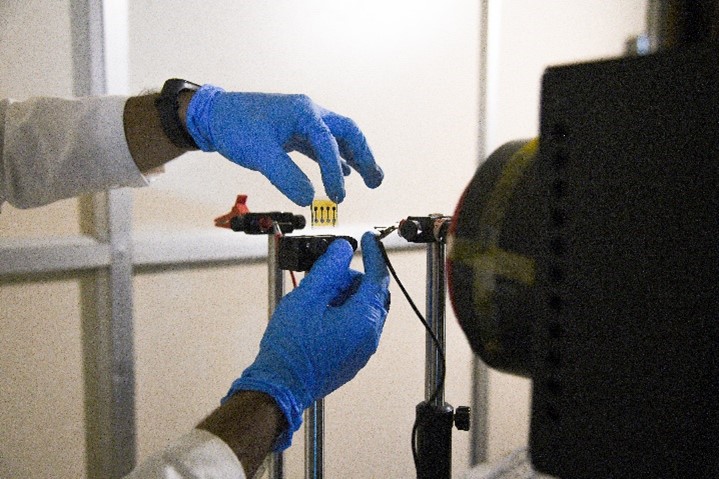
Our research work covers a range of topics such as 2D materials, sensors, perovskite solar cells, nanomaterials and devices, organic solar cell, electrocatalysts and photocatalysts, gas sensors, photodiode and biological applications of these 2D materials. The structural, optical and magnetic properties of 2D materials are modified via tuning of the band gap and thus the electronic structure - for electronic sensor applications, which can be helpful in monitoring atmospheric pollution by detecting toxic gases. We also focus on perovskite nanomaterial research, in the fabrication of solution-processed perovskite-based solar cells with different transport layers primarily to improve the efficiency and stability of the devices. We mainly concentrate on low-cost solution-processed deposition techniques such as spin coating and spray pyrolysis. The development of organic solar cells (OSCs) during the past decade makes it an ideal path for future photovoltaic technology. In our group, we study inverted and conventional organic solar cells with different metal oxides as transport layers by replacing commonly used costly materials
Our work also includes developing photocatalyst for efficient degradation of organic/inorganic pollutants. Here we focus on Hydrogen turns out to be a clean alternative to overcome the energy crisis because of its ecofriendly nature. Our research focus on developing earth abundant electrocatalysts to replace Pt based metal catalysts for efficient hydrogen evolution reaction. It is accessible to everyone owing to a simple and cost-effective fabrication process. The study also focuses on the cell’s stability, which is very important for the commercial aspect of the devices. Low-dimensional nanomaterials with enhanced size-effect properties such as surface plasmon resonance, quantum confinement etc offer an unprecedented physical phenomena, reducing semiconductor devices down to atomic scale. Our group focuses on the growth and characterization of various nanostructures of wide band gap oxide semiconductors and metals by physical and chemical methods for different applications.
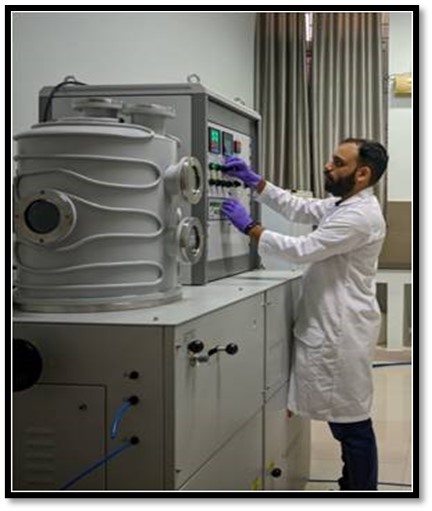
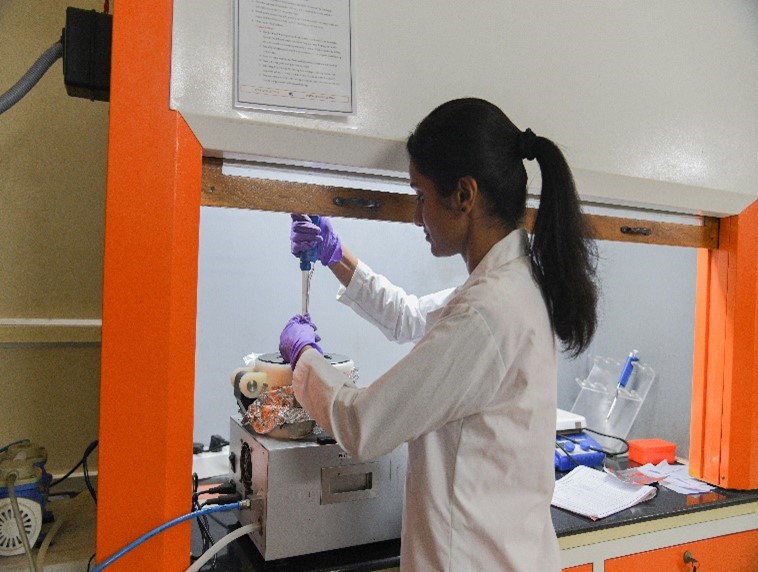
RECENT PAPERS
[1] C H Raj Kishor, T Sreelakshmy, Ankit Das and P.M. Aneesh*, Fabrication of Transparent p-CuI/n-ZnO Heterojunctions Using Solution-Processed Spin Coating Technique, Physica B: Phy of Condensed Matter, 639, 414020 (2022)
[2] C.H. Raj Kishor, K. M. Shafeeq and P. M. Aneesh*, Dependence of various oxide interfacial layers on the performance of P3HT:PCBM-based inverted organic solar cells, Bulletin of Materials Science,45, 131 (2022)
[3] Saranya Sasi, Midhun P.S., Anju Joseph, Aneesh P.M., M.K. Jayaraj, Reshmi R, Room temperature intrinsic ferromagnetism in pulsed laser ablated few layers of 2D-WS2 on Si/SiO2 substrates, Materials Today:Proc., 62, 5456 (2022)
[4]Anju Joseph, P. M. Aneesh*, Efficient degradation of methylene blue: A comparative study using hydrothermally synthesised SnS2, WS2 and VS2 nanostructures, Materials Research Bulletin, 146, 111623 (2022)
